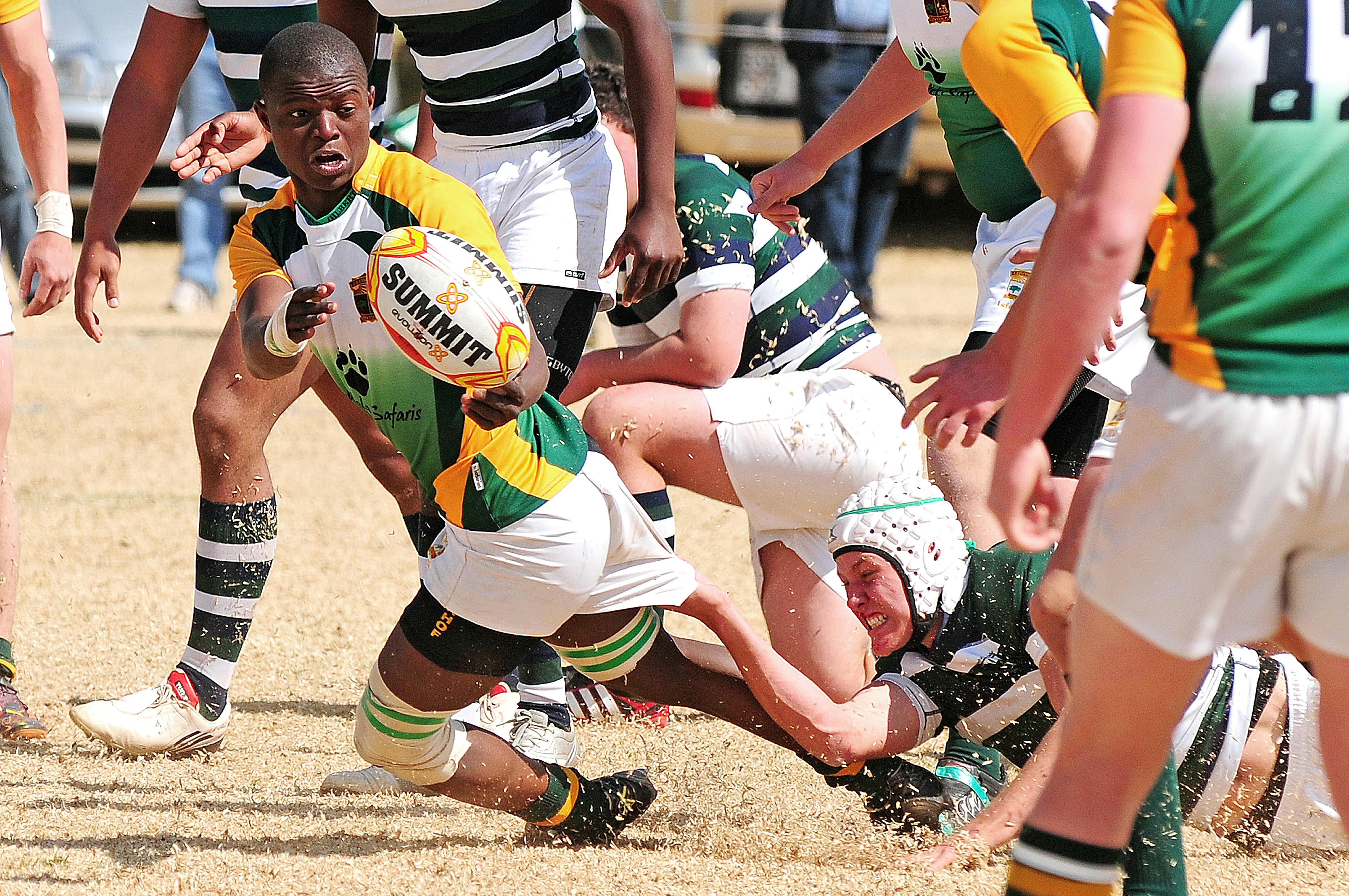“Lead” (usually done by the man) and “Follow” (usually done by the woman) is a specific ballroom dance theme. Actually, in an effort to be more politically correct, leading nowadays is often called “indicating.” However, that does not change the general pattern.
Yes, I know, on the one hand, it has historical reasons: in old Europe, where the origins of ballet and ballroom dancing are, the roles of men and women were clearly defined according to gender differences (the reasons are partly realistic, partially chauvinistic).
And what, could we say. Who cares what the historical roots are. Don’t we have women presidents, astronauts and combat soldiers today? So why can’t we get it right on the dance floor?
Well, being a women’s rights advocate and a ballroom dancer at the same time, I can see that it’s not that simple. There’s a good reason for the lead-and-follow pattern, or whatever you call it.
The reason is that the ultimate goal of partner dancing is to be in sync to the point where two become one. The pair is then “in flight” as a single unit, which is a beautiful sight. That cannot be achieved with two people doing the same thing, but only by having clearly defined roles as natural opposites, and adhering to them (and yes, it can be two women or two men, but they have to be in the male/female). roles).
Any woman who anticipated a move before the man signaled it, stepped forward with her left foot, or was forced to drag a man across the dance floor because she didn’t know how to direct him knows how awkward, if not disastrous, What can be.
However, there may be an emotional reaction to all of this. For example, I do feel resentment when I see excessively macho dances, where the woman can end up lying decoratively on the floor holding on to the man’s ankle, while he looks down at her, all excited. (She could be the CFO of a Fortune 500 company, and he’s probably a complete idiot who can’t have a minimum wage job… okay, I’m getting carried away here.)
On the other hand, women sometimes lead ballroom dances, for example when they go forward and the man back, or when they do their own intricate moves with the man serving as a “pole” for leverage (usually done in Latin American style). ). Also, dancing backwards is no less demanding since the woman has to move with the same force. So yes, Ginger Rogers did everything Fred Astaire did, only backwards and in high heels.
The beauty and elegance of ballroom dancing may seem old-fashioned to us, but the effect is mesmerizing.


